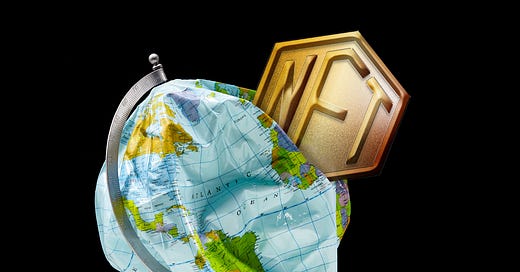🐯 Incorporating Sustainability 🌱 into the hype of Non-fungible Tokens (NFTs)? 💎
Dig down into NFT's sustainability aspects with concrete examples of its amazing power and its underlying dark secrets.
The first-ever tweet of Twitter CEO Jack Dorsey sold for $2.9 million. A digital trading card of LeBron James’ dunk sold for $208,000. Kristy Kim sold a digital, 3D-rendered house for $500,000. These…
Keep reading with a 7-day free trial
Subscribe to The Adaptive Economy Newsletter by Atlas Capital to keep reading this post and get 7 days of free access to the full post archives.



